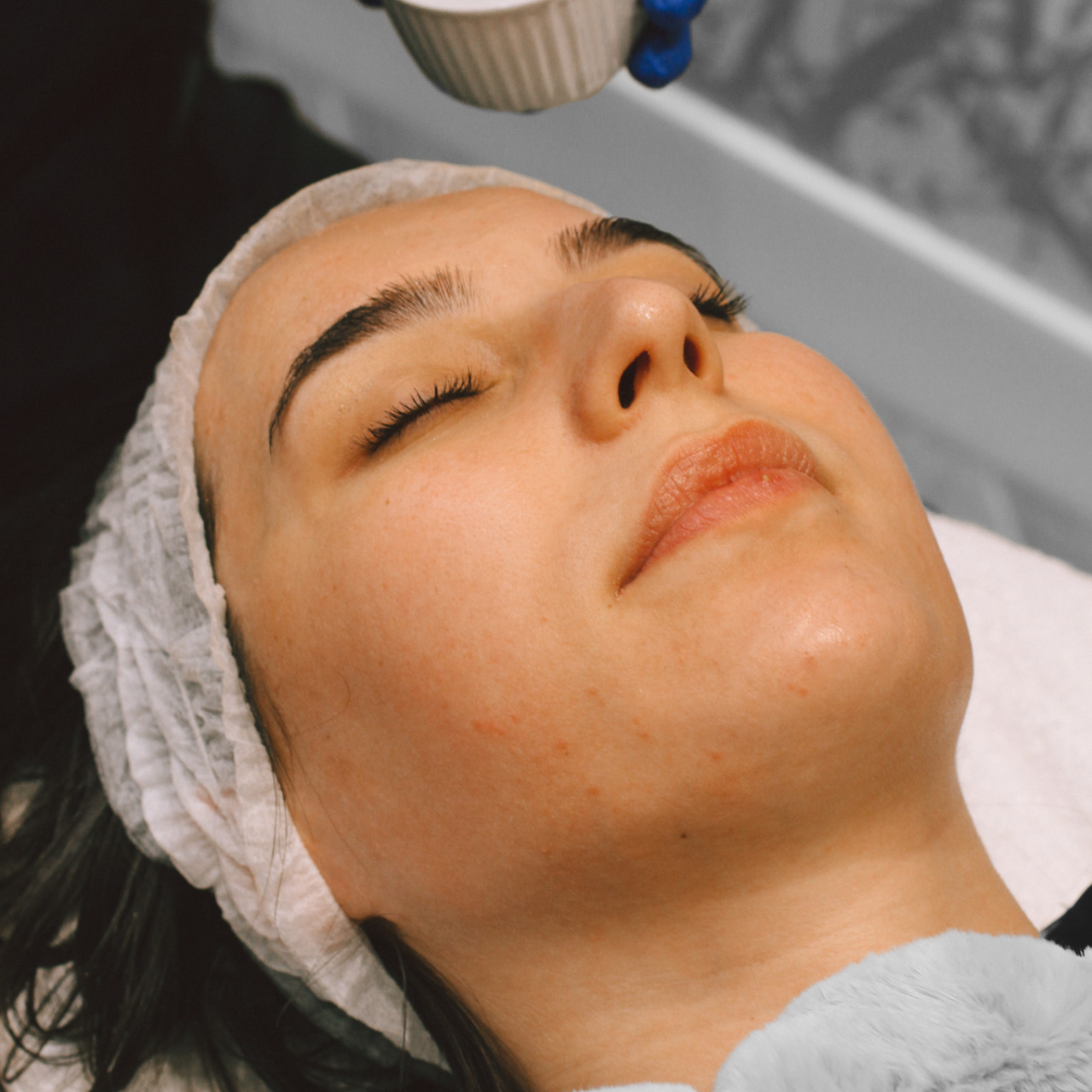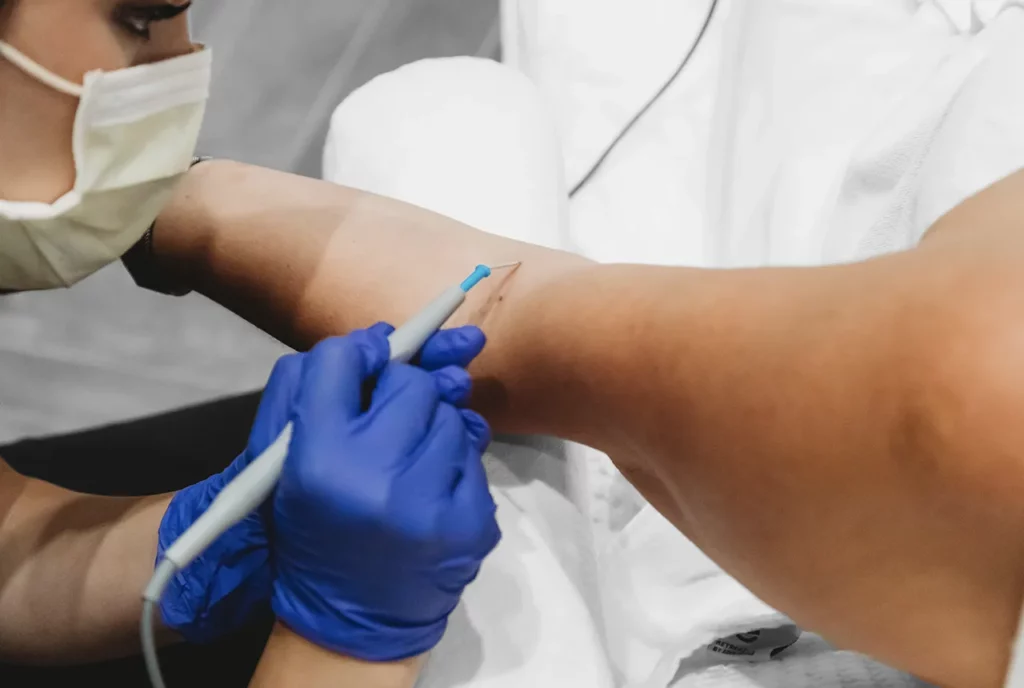Fatigue and morning sickness are the most well-known bodily changes during pregnancy, but there are others that can be quite significant. Skin conditions that affect pregnant women include melasma, postpartum hair loss, stretch marks, and flares of normal skin diseases like eczema and acne.
Melasma is a particularly common and stubborn condition, which often occurs during pregnancy or right after birth. It is characterized as brown patches on sun exposed areas. The three classic patterns of melasma are centrofacial, involving the chin, upper lips, nose, cheeks and forehead; malar pattern, involving the cheeks and nose; and mandibular pattern, occurring along the jaw line. It is recommended that all melasma patients adhere to strict sun protective measures, including daily sunscreen (broad spectrum, SPF 30+, with a physical blocker such as zinc or titanium dioxide) and sun protective clothing. Active treatment of melasma includes lightening creams, (such as SkinMedica’s Lytera® 2.0), vitamin C serums and prescription creams containing ingredients such as retinols, hydroquinone, kojic acid and azelaic acid. For stubborn cases, peels (ie: glycolic acid) and laser therapy may be used, and oral therapy with tranexamic acid can be instituted. If you are currently pregnant and want treatment for melasma, it is important to speak to your dermatologist about which of these options can safely be used.
During pregnancy, hair is often luscious and thick, but that can change quickly after giving birth. Postpartum, many women report their hair starts to thin significantly. This process is called pregnancy effluvium, or telogen effluvium. The hair on your scalp is either actively growing (anagen phase), resting (telogen phase), or shedding with a new hair forming (catagen phase). Telogen effluvium is characterized by shedding of the telogen hairs, which make up approximately 10% of hair on the scalp. This will typically last for 3-6 months before returning to a normal state. Note that this can potentially last up to 15 months postpartum. There are a few ways to combat this, which involve trying to shift the hairs back into an active growing phase. Products that can be used include topical minoxidil and certain hair products, including the Ducray Anaphase line.
One of the most difficult things women are faced with is balancing pregnancy skin issues and the safety of your developing child. Reach out to a dermatologist if you have questions or concerns about specific products and what is safe to use while pregnant.




